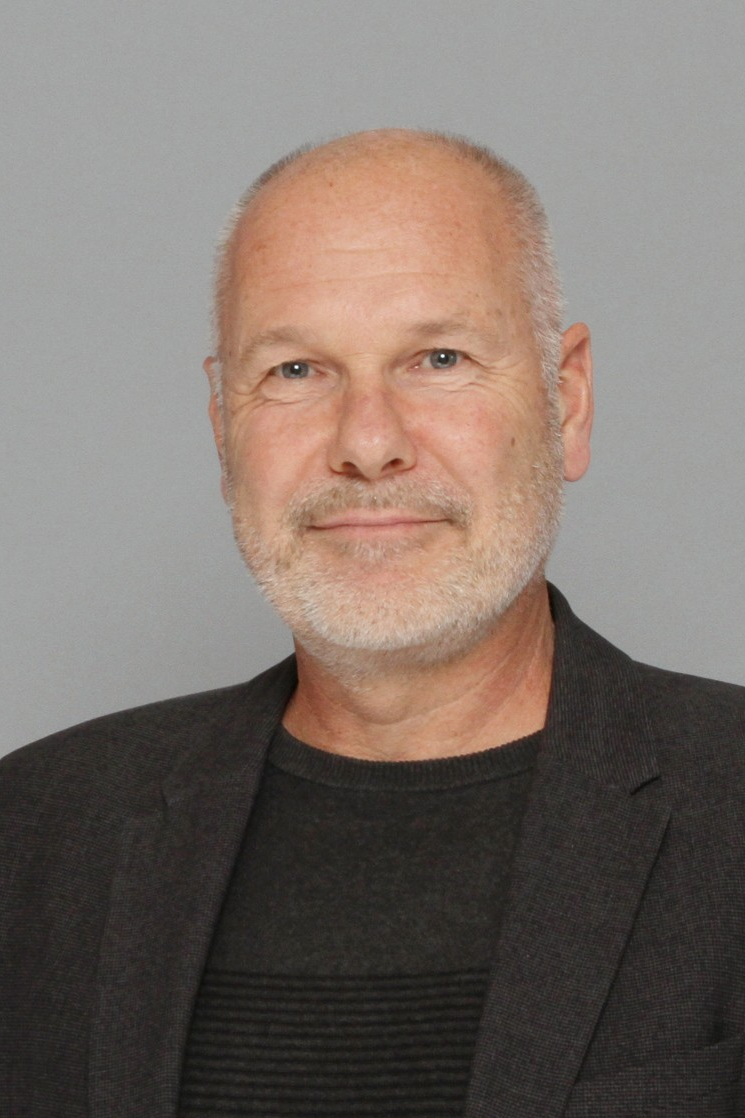- Undergraduate
- Prospective Students
- Current Students
- Research Awards & Scholarships
- Undergraduate Research Presentation Award
- CSC Silver Medal Award
- E. J. Wells Chemistry Book Award
- Melanie O'Neill Chemistry Undergraduate Award
- SCI Canada Student Merit Award
- Tony Parsad Award in Chemistry
- Chemistry Undergraduate Scholarship
- TransCanada Pipelines Research Scholarship
- Evelyn and Leigh Palmer Scholarship
- Undergraduate Research
- Graduate
- Research
- Department
- News & Events
- Contact Us
- EDI

Gary Leach
Areas of interest
Surface and Interface Science, Plasmonics and Nanophotonics, Metamaterials, Nanomaterials, Nanofabrication, Energy Harvesting, Sensors, Nonlinear Optical Spectroscopy, Scanning Probe Microscopy
Education
- B.Sc., M.Sc., & Ph.D. - University of Toronto
Lab Information
- LAB: TASC 2 7010
- TEL: 778-782-8072
- RESEARCH GROUP WEBSITE
Research
Surface and Interface Chemistry - From Fundamentals to Devices
The objectives of our research program are (i) to make meaningful contributions to the understanding of the physical and chemical nature of surfaces and interfaces by examining their structure, dynamics, and reactivity and (ii) to apply our knowledge in the design and development of new and useful technologies, materials and processes. We view the interface on multiple time and length scales. We employ ultrafast optical spectroscopy as well as steady state methods. We probe at the microscopic level with atomic and molecular resolution using scanning probe microscopy, and average over larger length scales to make connection with macroscopic physical observables. We build model interfaces and devices using state-of-the-art nanofabrication methods and characterize them using a range of materials analysis infrastructure, supporting our efforts through computation and modeling. Some specifics include:
(i) Structure and Dynamics in Nanoscale Confined Environments. The behaviour of molecules at interfaces is unique from the bulk phases and key to a broad range of natural phenomena and to many current and emerging technologies. We employ and develop new inteface-specific nonlinear optical spectroscopy and microscopy methods to probe these environments. These methods lie at the heart of our research program and enable us to investigate the energetics and dynamics of water and model biological membranes.
(ii) Understanding Charge Transport and Mobility in Organic Electronic Materials. These materials promise inexpensive and easy to process electronic and optical devices using organic small molecules and polymers. We investigate the primary mechanisms of charge transport and charge injection in order to better understand and improve device efficiency.
(iii) New Photovoltaics Technologies. Our laboratory has developed new methods to harvest solar energy and convert it to electricity. They rely on the careful control of surface and interface optical and electronic properties. We model, fabricate, test and characterize these solar cells to develop new cost effective alternatives to existing electricity production methods.
(iv) Understanding and Exploiting the Electrochemical Interface. We employ in situ electrochemical scanning tunnelling microscopy (STM) to provide molecular level understanding of the electrodeposition process. Control over film growth conditions provides us with inexpensive and versatile fabrication methods for applications in electronics and plasmonics.
(v) 3-Dimensional Architectures of Nanostructures. We employ intercalation and exfoliation chemistry of inorganic compounds to fabricate new layered nanoinclusion materials with properties that can be tailored by the choice of nanostructured guest, to make new materials for optical, plasmonic, or magnetic applications.
Courses
Fall 2025
Spring 2026
Future courses may be subject to change.

